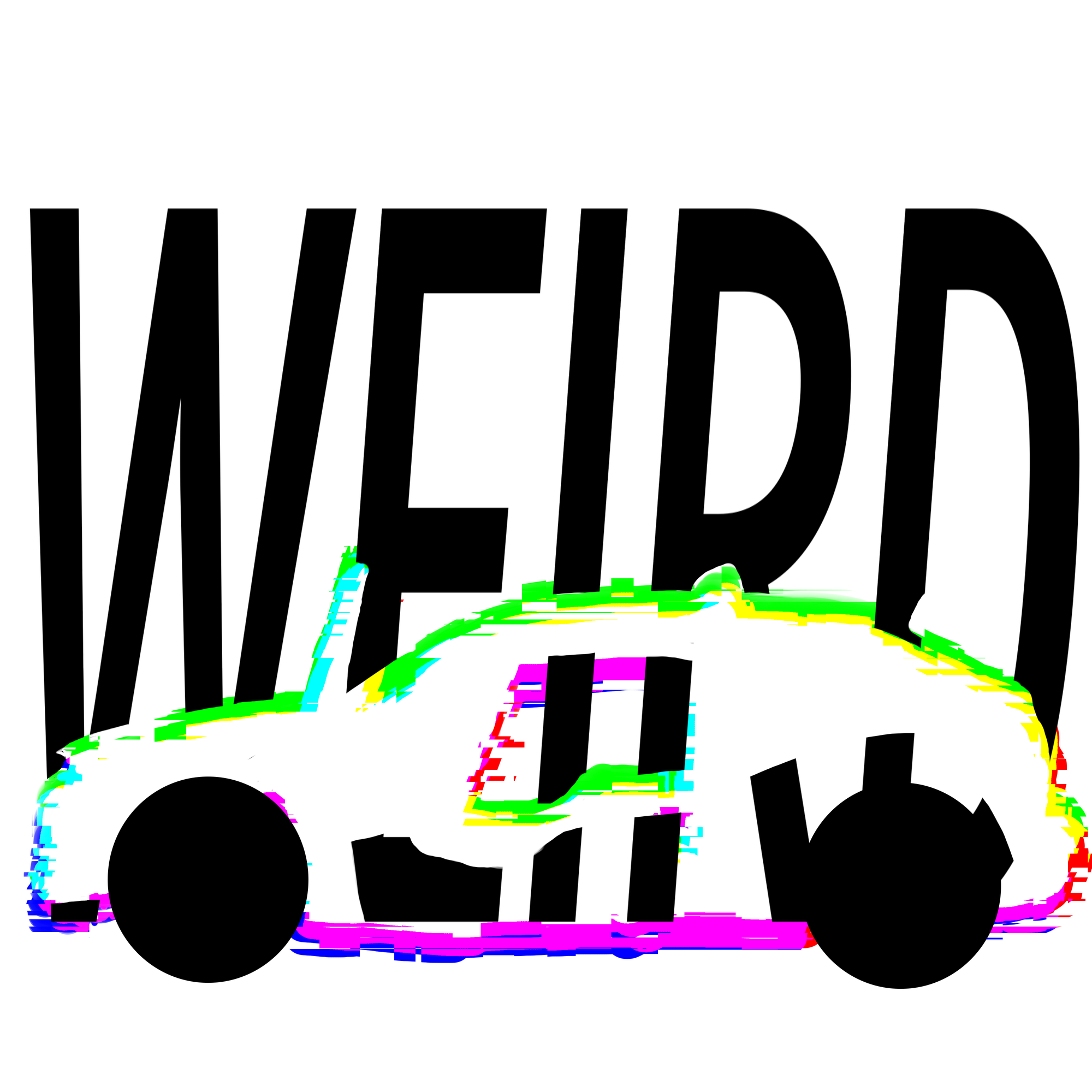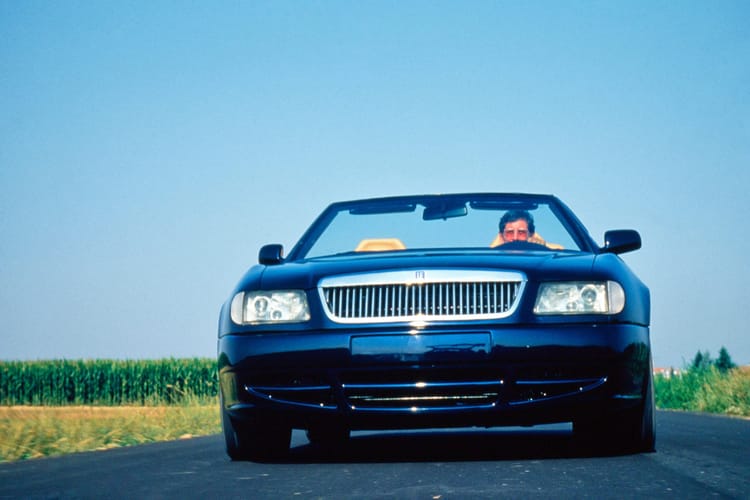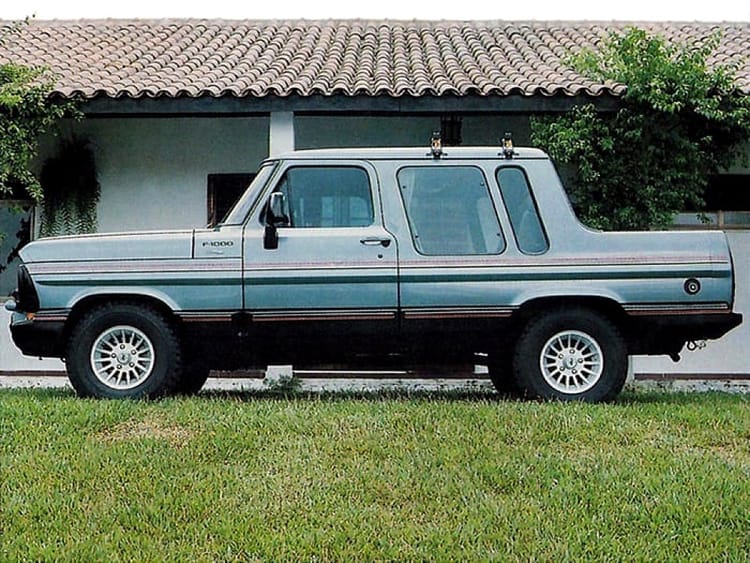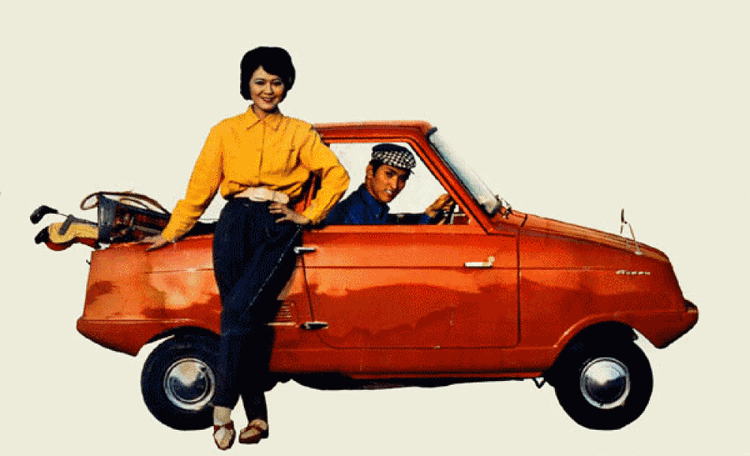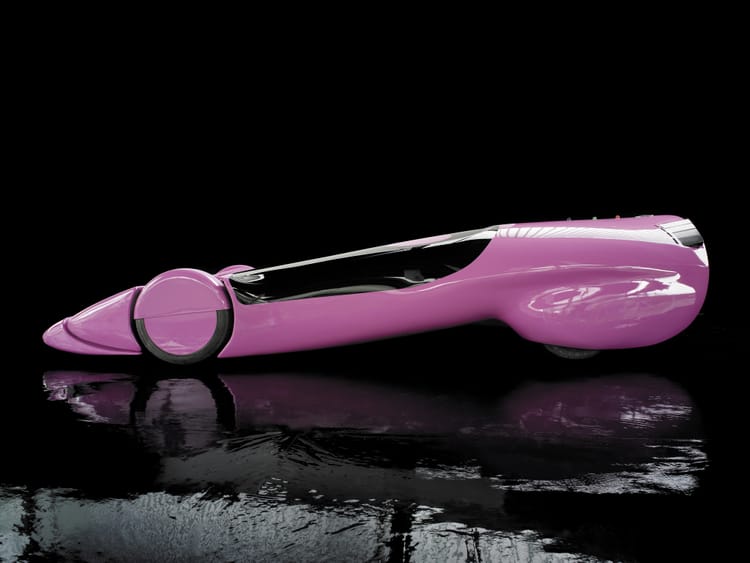Mazda 717C

You may have heard of the 787B race car, Mazda's rotary-powered Le Mans winner and the only Japanese car to win at that famous French event.
That was in 1991, nearly a decade after the company's first serious attempt at taking home a Le Mans trophy.
Eight years earlier, after many years spent providing rotary engines to teams up and down the grid, Mazda's racing arm, Mazdaspeed, decided it should get serious and enter Le Mans as a constructor…with a rotary-engined race car.

At that same time, the top tier of endurance racing was Group C, a ruleset intended to replace a whole whack of overlapping vehicle classes worldwide. Group C quickly attracted manufacturers like Porsche, Jaguar, Aston Martin, Ford, Nissan, Mercedes-Benz, Toyota, and Lancia…so what’s the problem?
The cars looked fantastic, they were fast, and fans loved them. But, as is usually the case (especially in the era of cigarette advertising), lots of competition drives up costs, and Group C cars were true beasts easily capable of 210 mph-plus top speeds, 24 hour races…and performance violent enough to crack the ribs of their drivers.
What to do? Create rules for smaller, lighter, more fuel-efficient vehicles that looked like Group C cars…at least from 100 feet away.
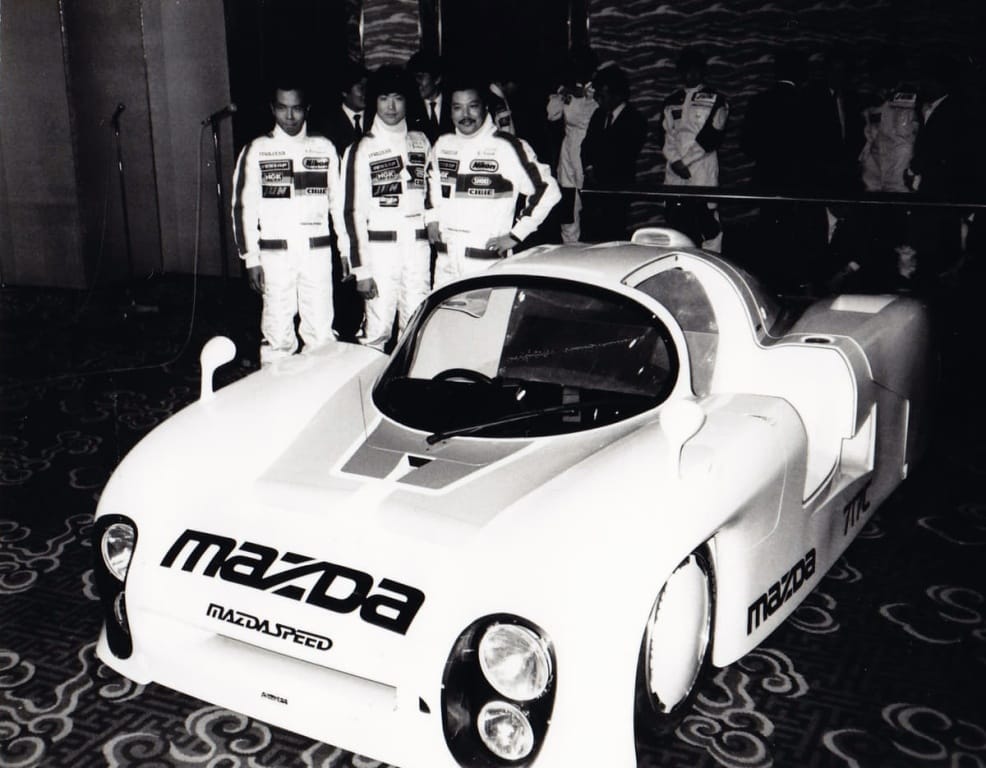
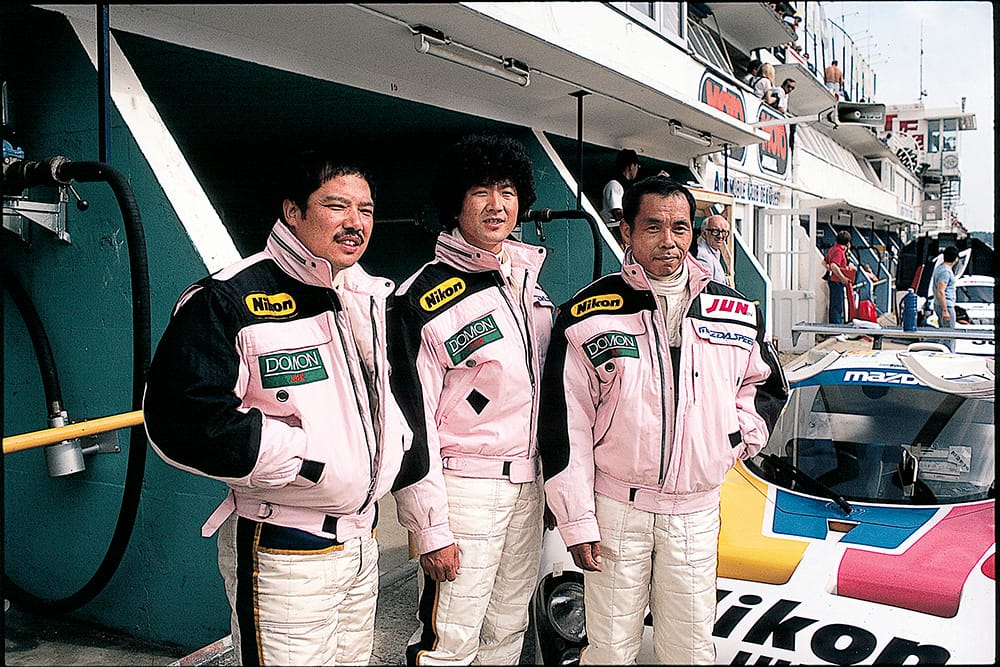
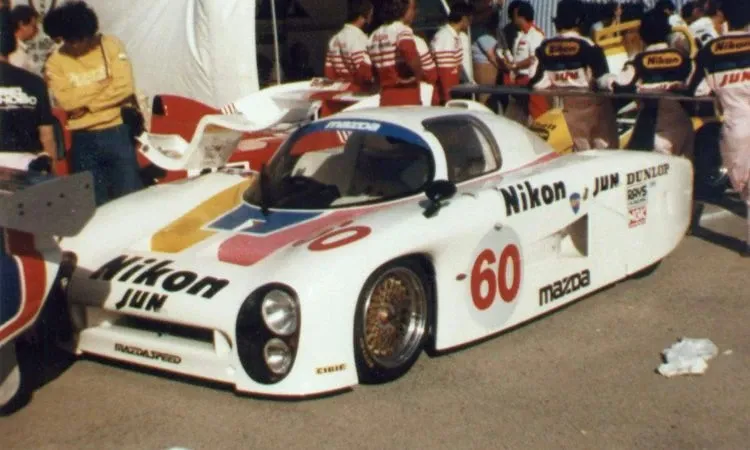
Takashi Yorino / Yojiro Terada / Yoshimi Katayama and the 717C • via Mazda
Christened in 1983, Group C Junior cars would be limited to 700 kg (1543 lbs.) and a maximum fuel capacity of 55 litres (14.5 US gallons).
For engines, teams used a number of different solutions, from the 3.3-litre Cosworth DFL V8, to a 3.5-litre V6 from the BMW M1. Or, in the Mazda 717C, a production-based 2-rotor 13B engine closely related to the one that sat in the front of the Mazda RX-7 sports car.
Problem is that Mazda wasn't exactly used to building prototype race cars, but a company called Mooncraft was.
Founded in 1975, Mooncraft has touched a fair number of the most memorable Japanese race cars and drivers, including sports racing cars, formula cars, and a few production cars.
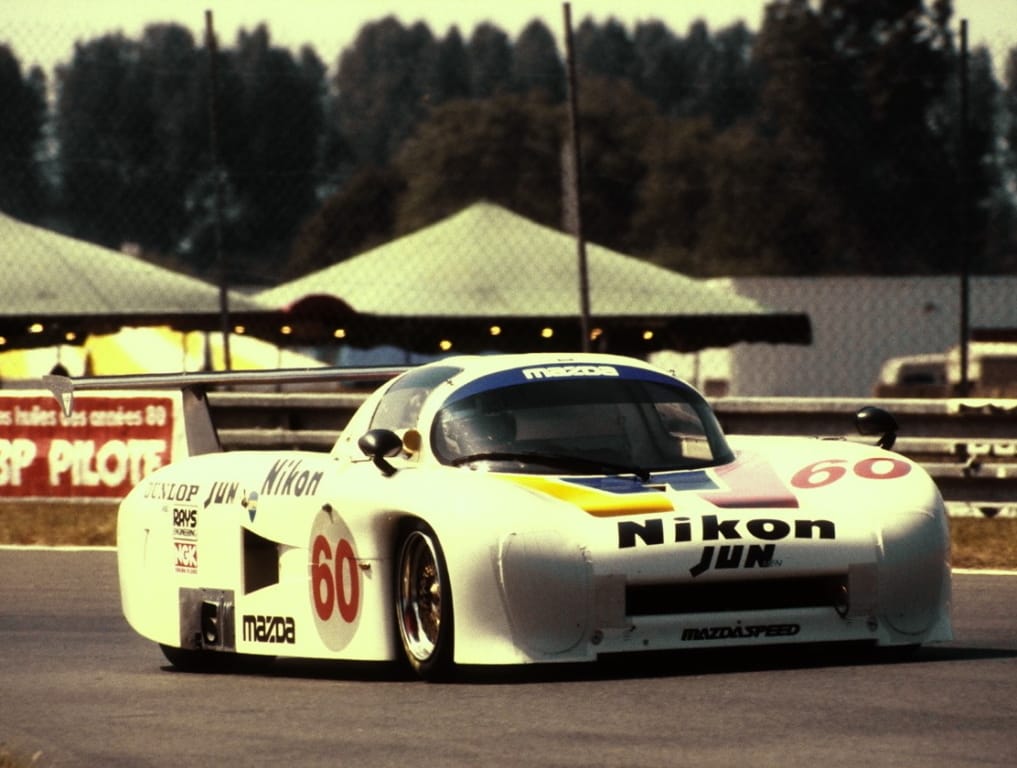
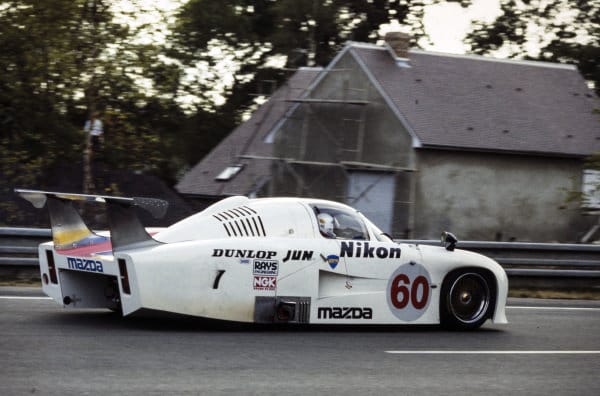
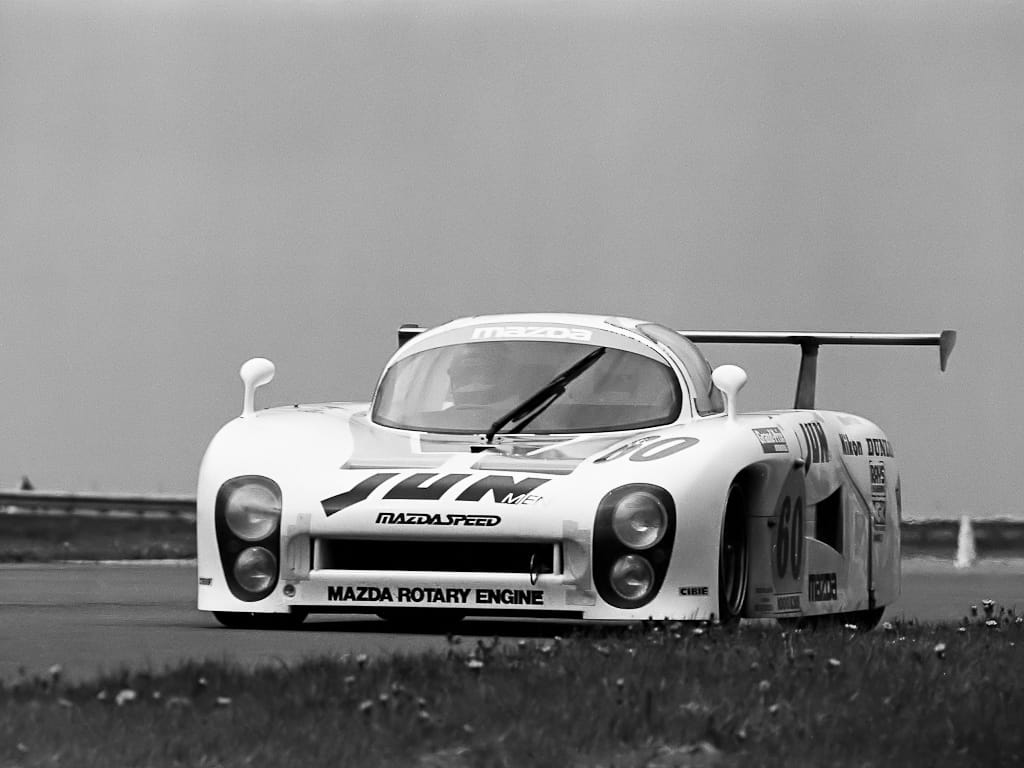
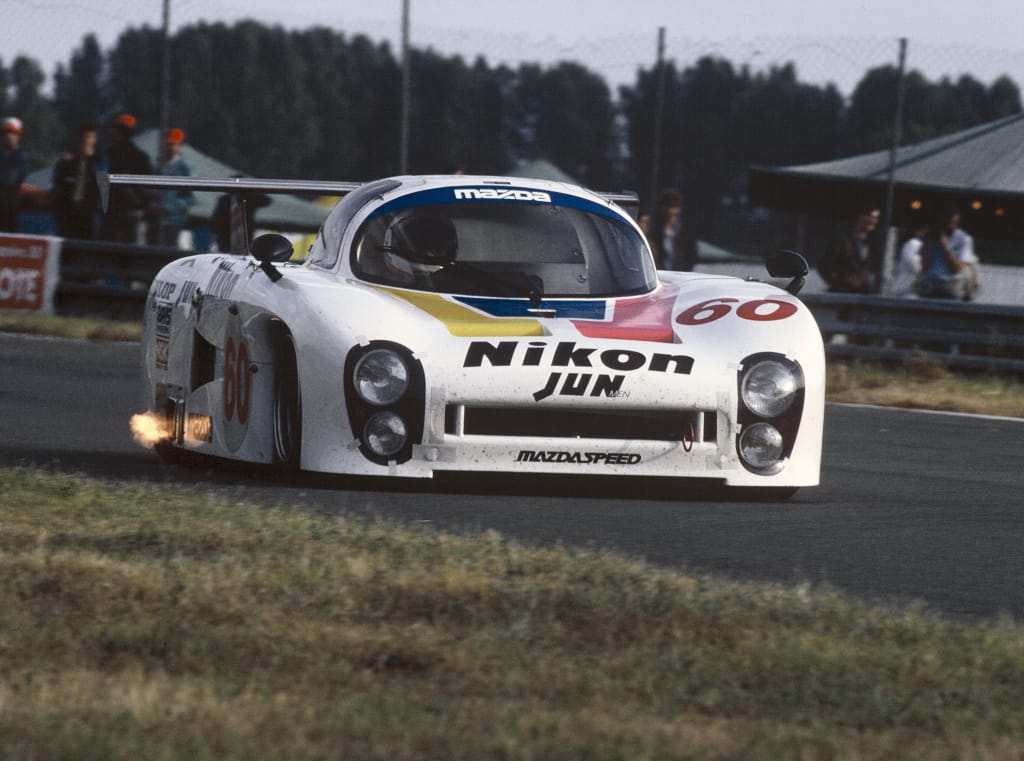
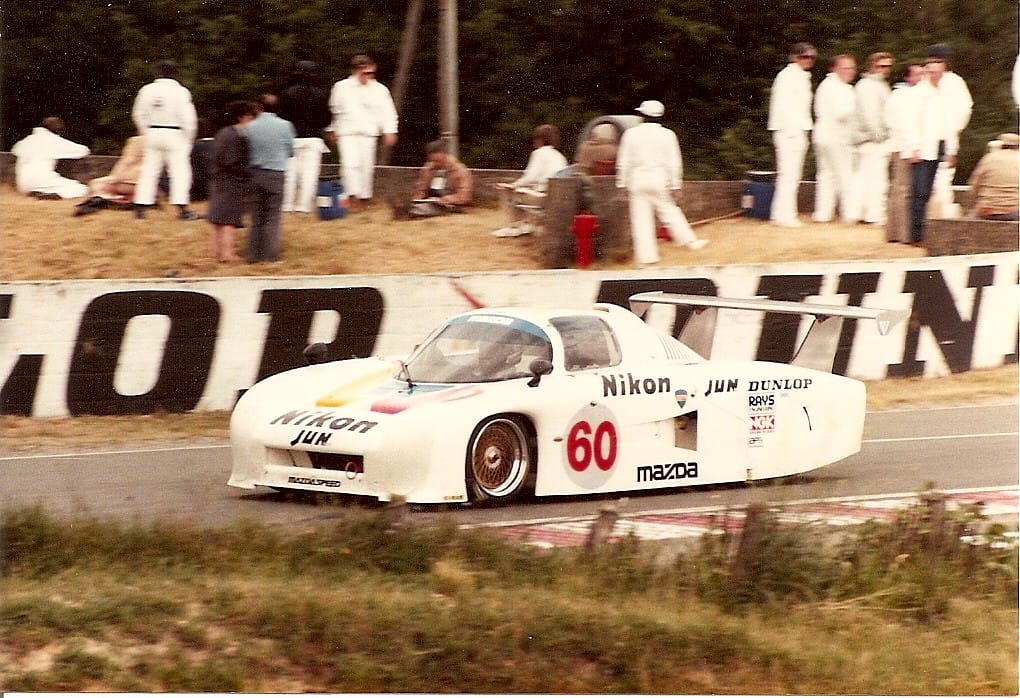
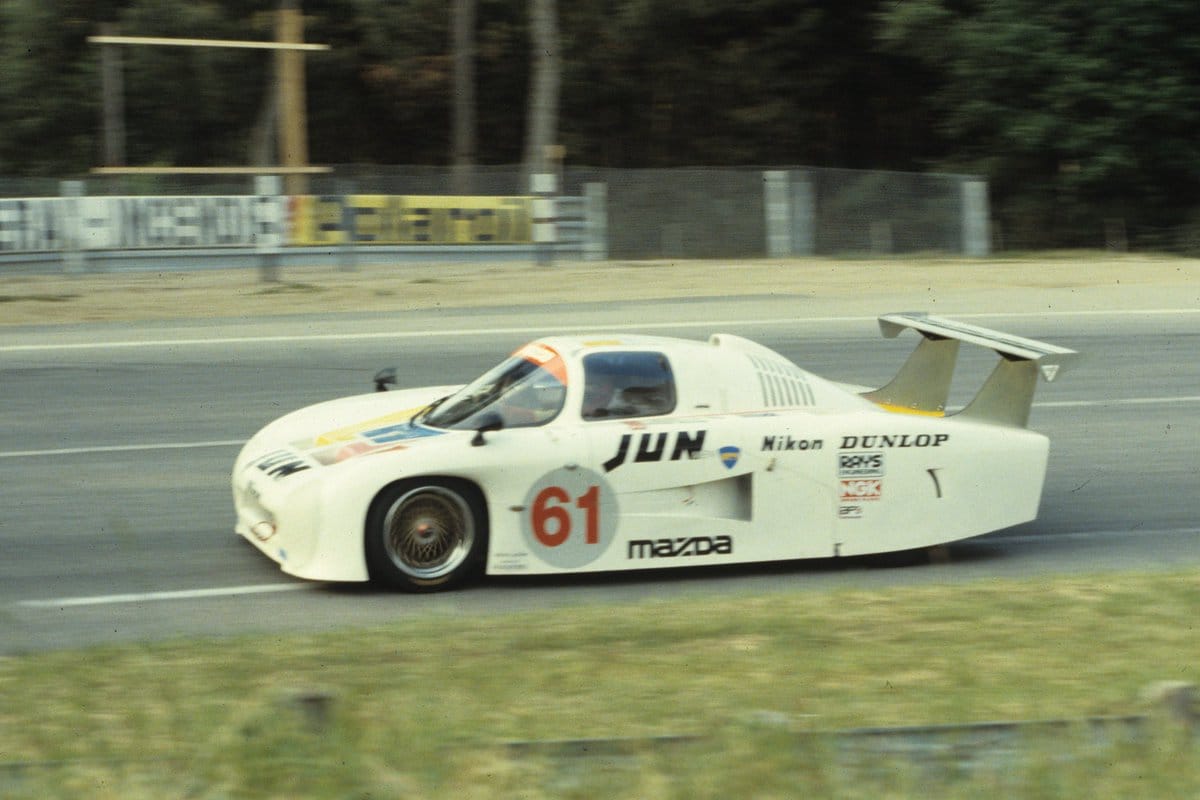
Mazda 717C at Le Mans in 1983 • via Mazda
Mooncraft designed the chassis and bodywork, penned with top speed as the most important attribute. Why? 1983 was the first year for the Junior cars, and many worried they'd simply be too slow with rotary power in comparison to the other cars on track.
The eventual design was nicknamed Fava Bean and, as promised, took to the track with a very low drag coefficient. Problem? The car was said to have been undriveable in every part of the track except the Mulsanne Straight.
Two cars, #60 and #61, were entered. The #60 car was driven by Japanese factory Mazda drivers — Yoshimi Katayama, Youjirou Terada, and Takashi Yorino.
